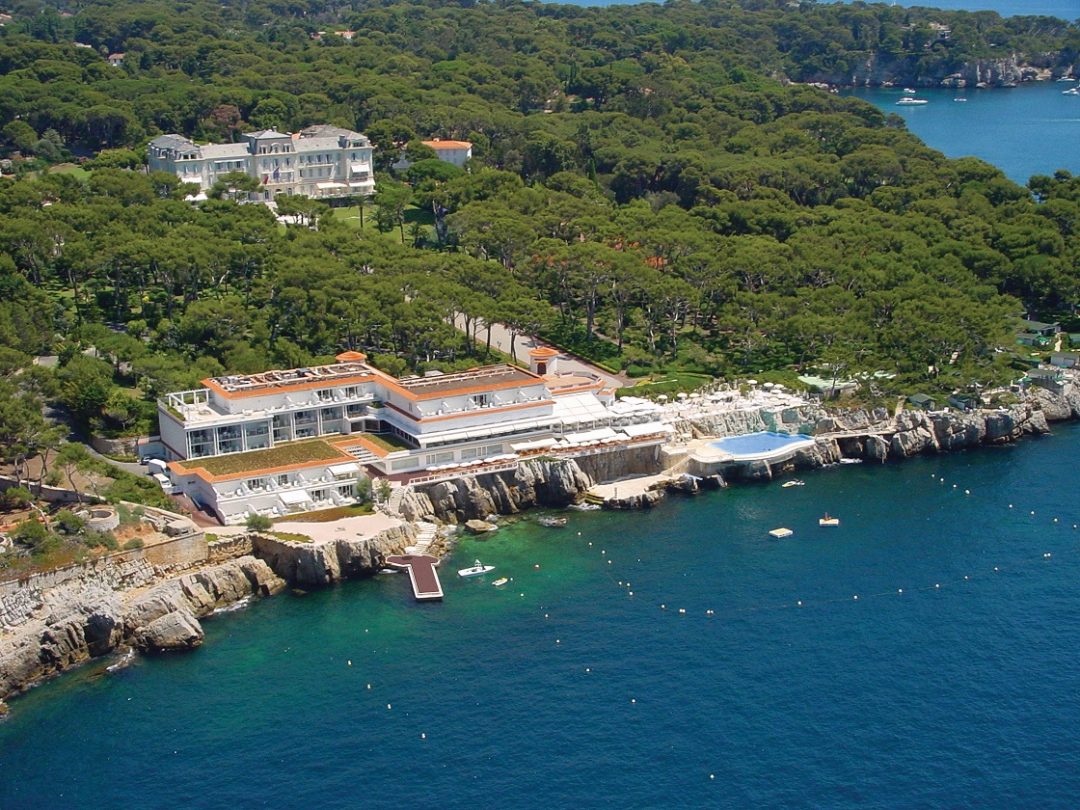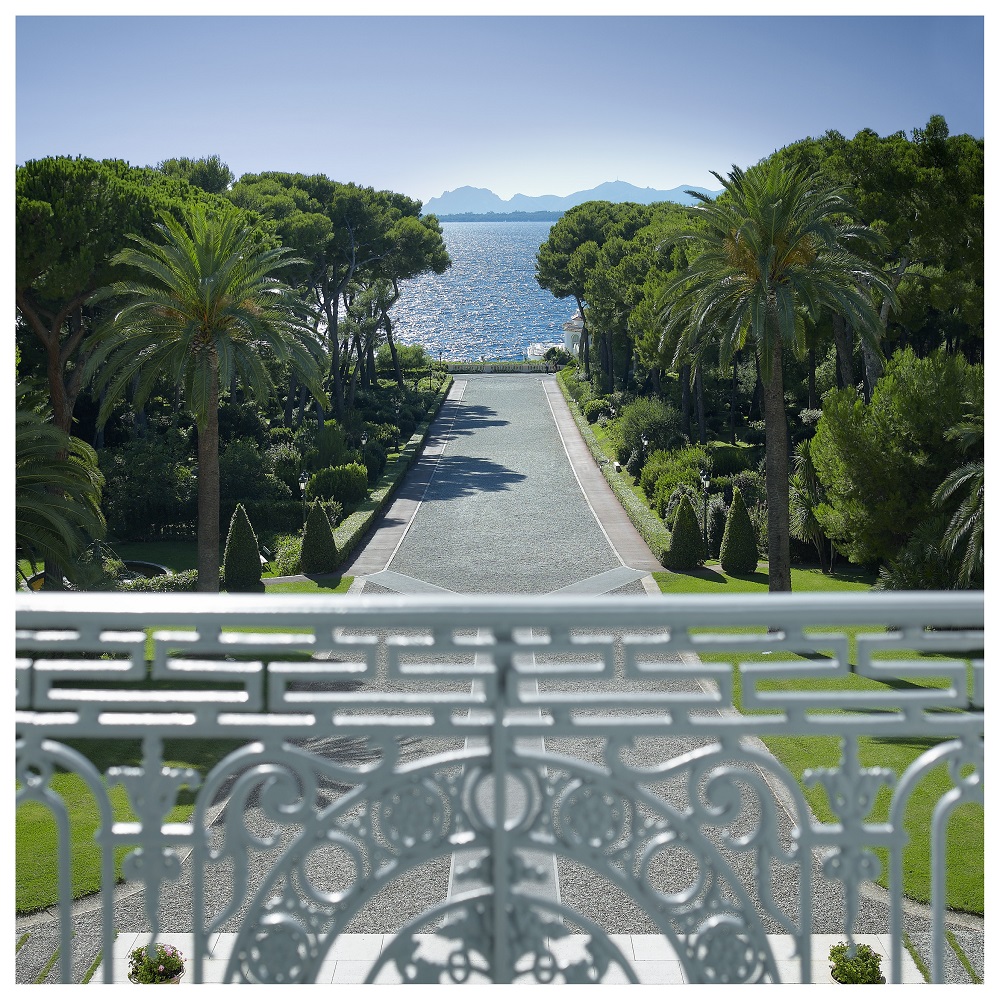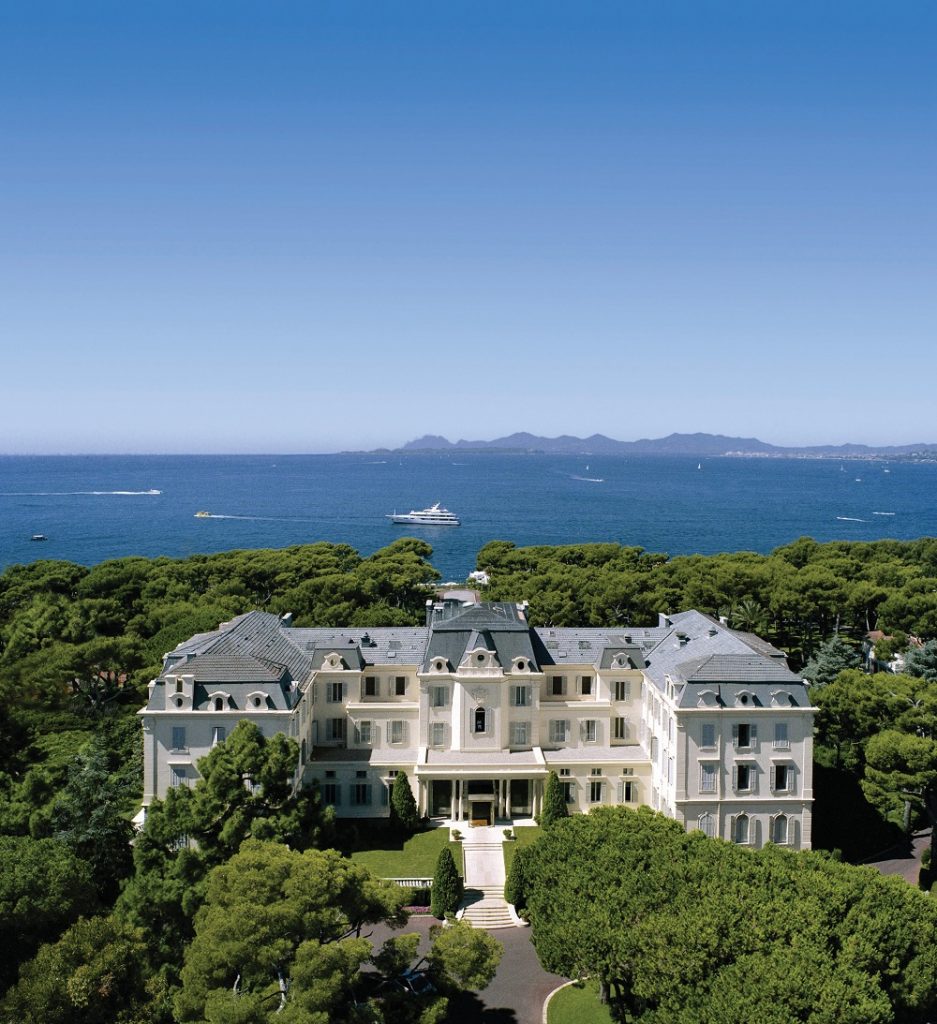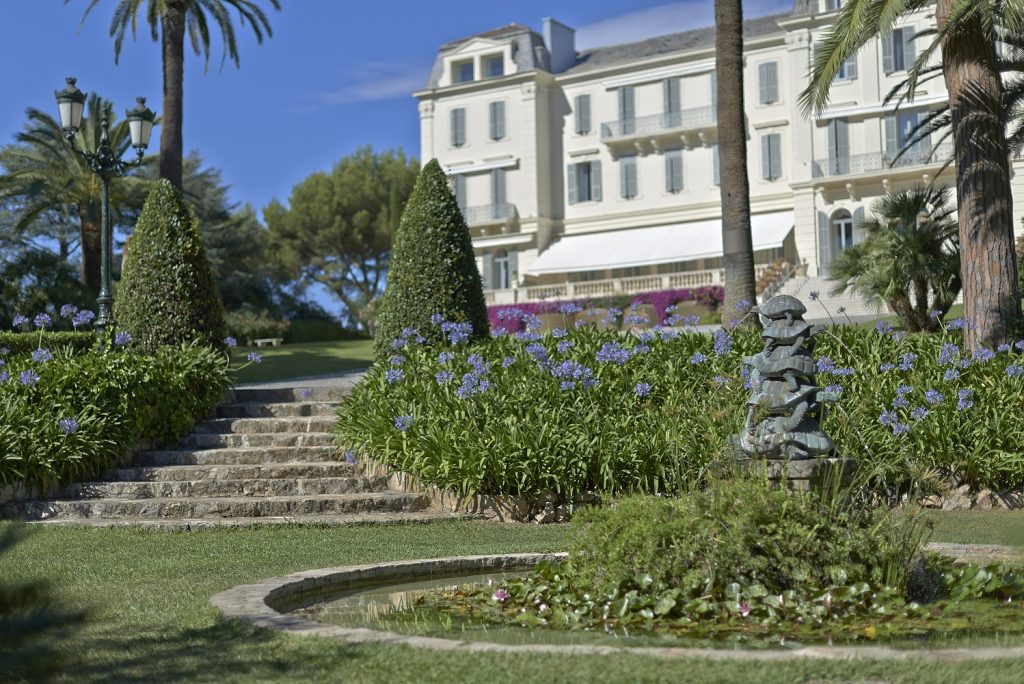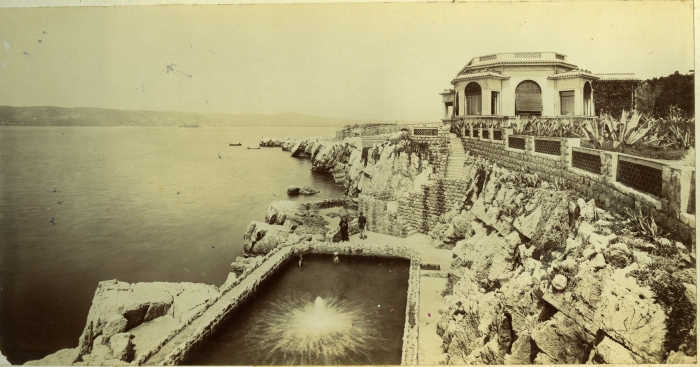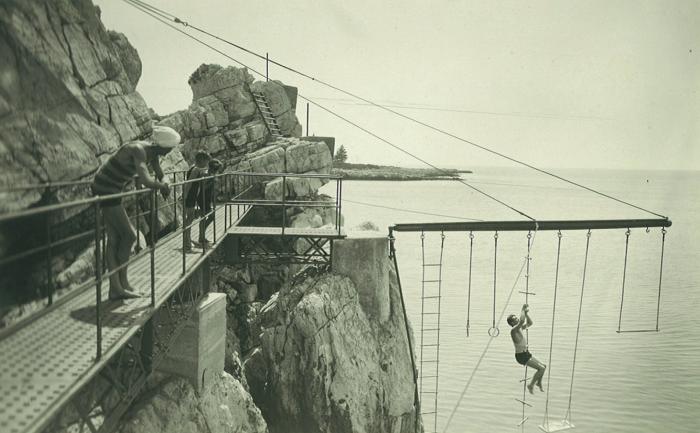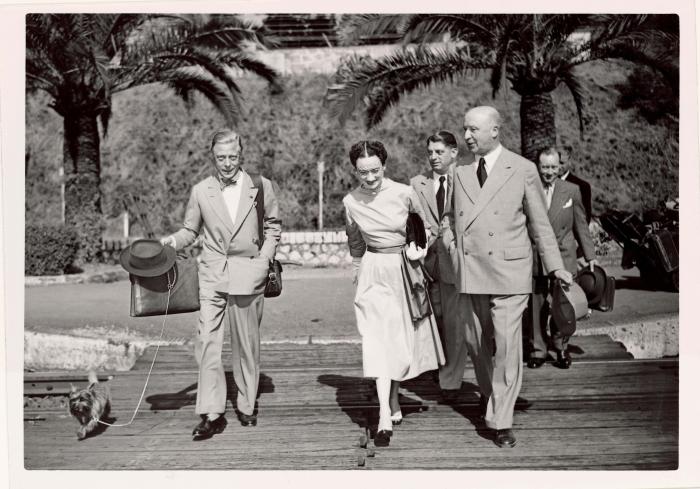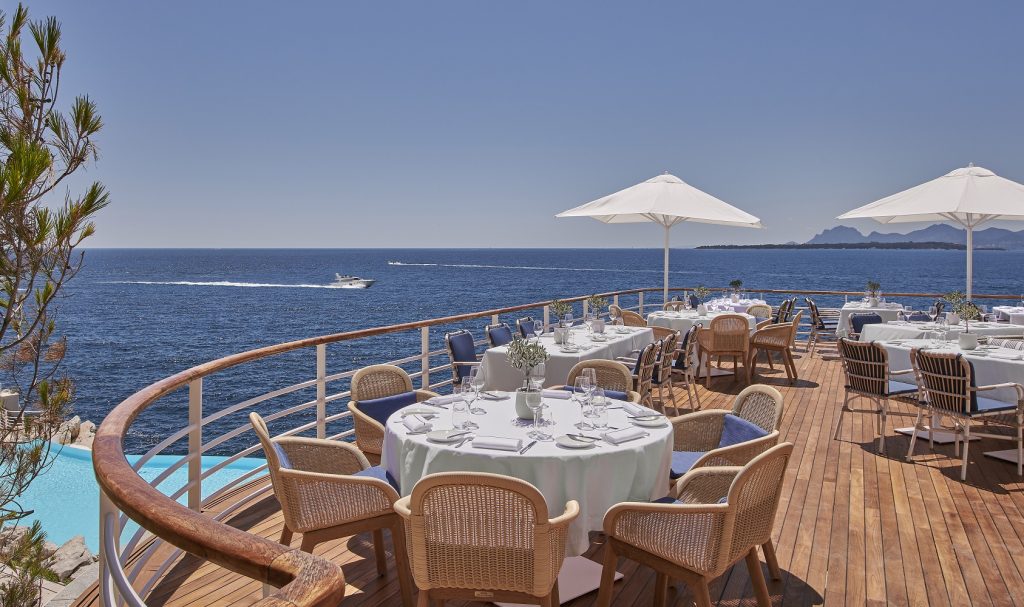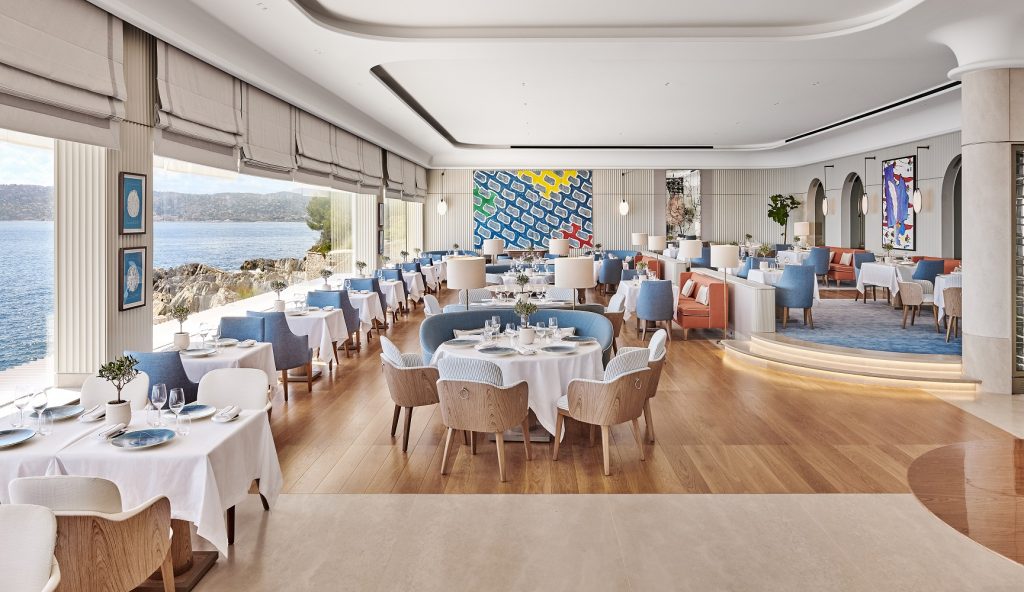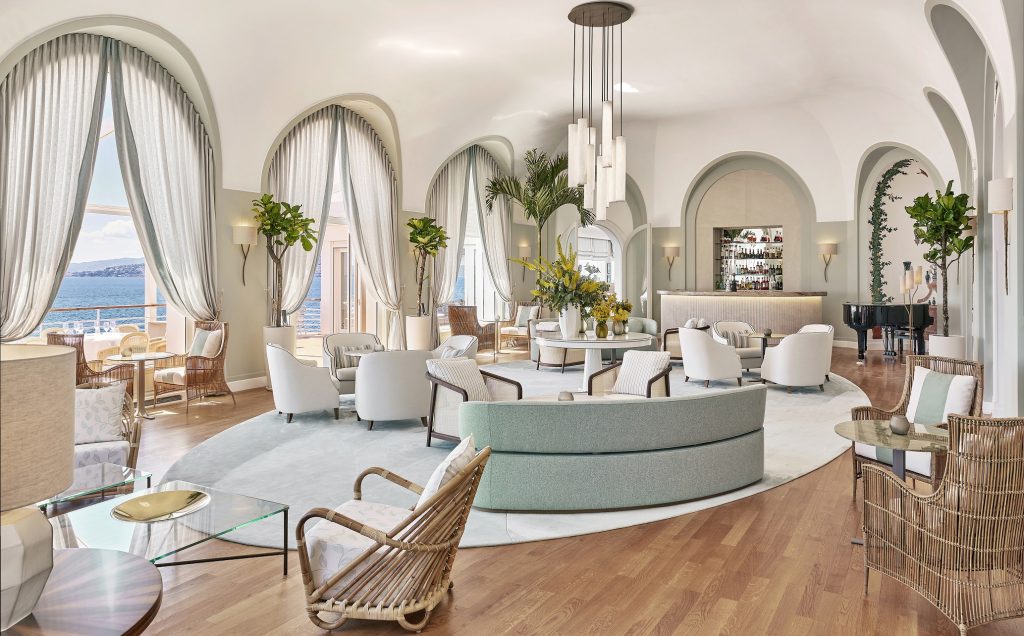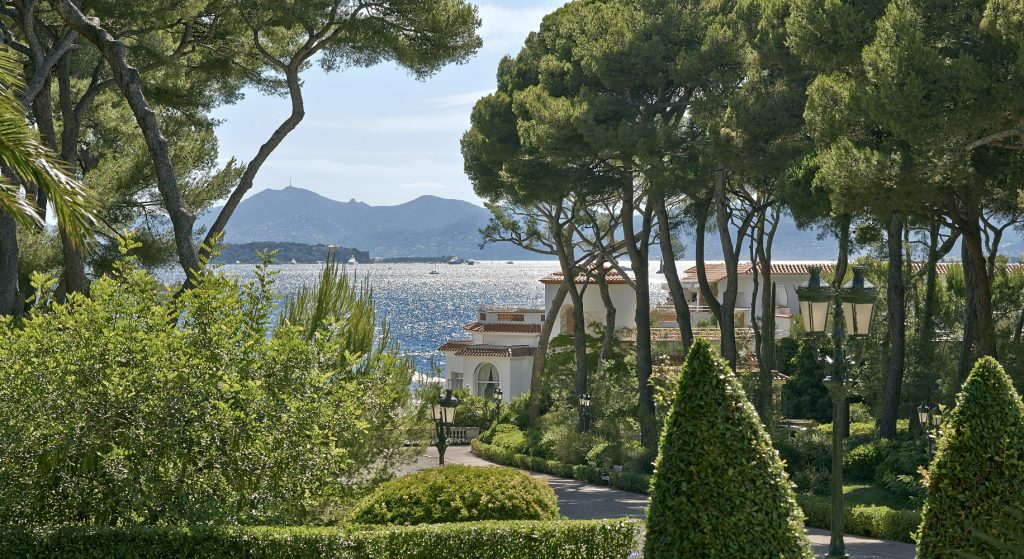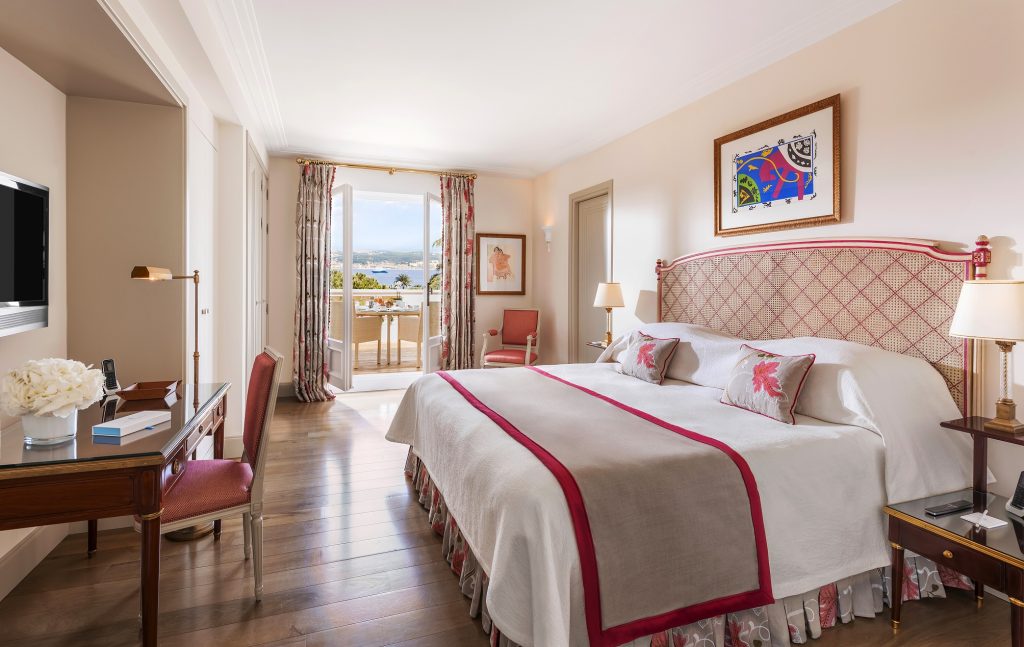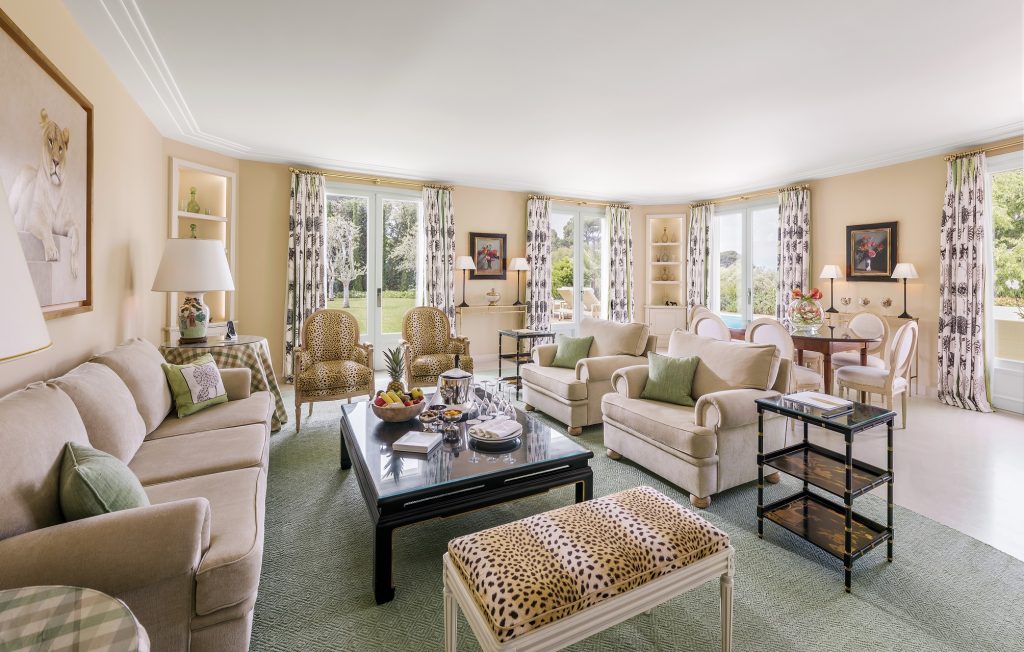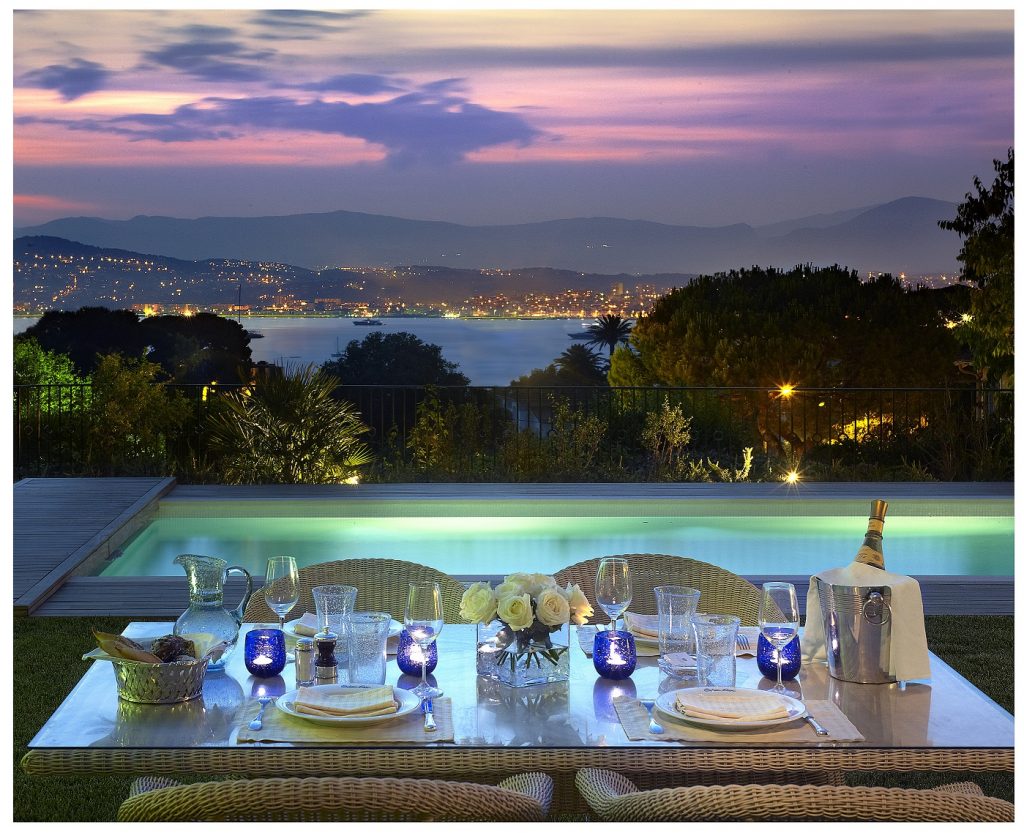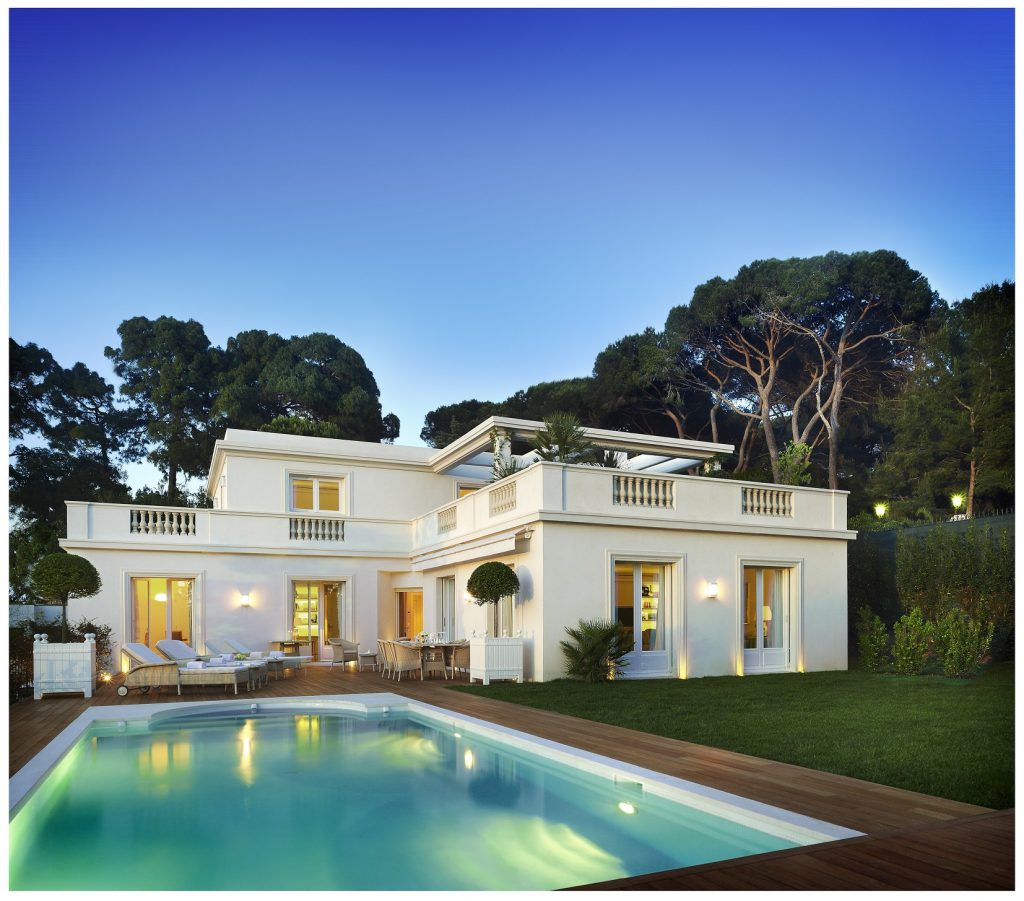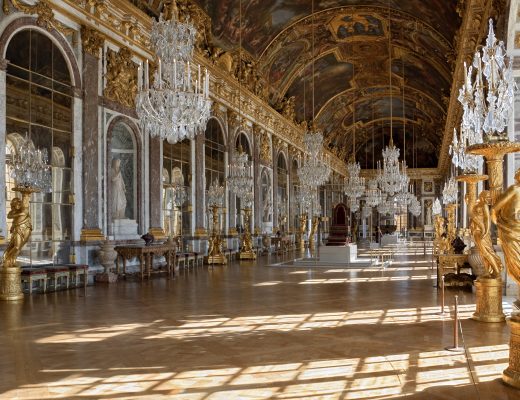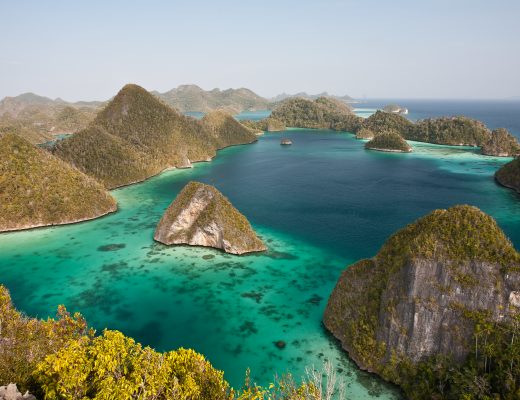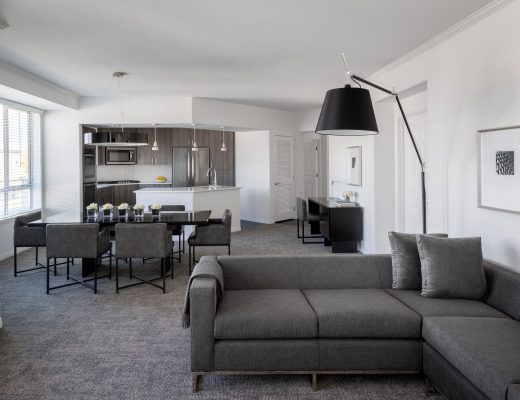For many among us a holiday on the Cote D’Azur is not complete without a visit to the Hotel du Cap-Eden-Roc. The famed seaside hotel prominently situated on Cap D’Antibes is celebrating 150 years of catering to aristocrats, tycoons, and celebrities this year. We could write many things to describe Hotel du Cap, however I think F. Scott Fitzgerald described it best in Tender is the Night, “On the pleasant shore of the French Riviera, halfway between Marseille and the Italian border, stands a large, proud, rose-coloured hotel. Deferential palms cool its flushed façade, and before it stretches a short dazzling beach. Lately it has become a summer resort of notable and fashionable people”.
The origins of the hotel begin in the second half of the 19th century, when publisher Hyppolite de Villemessant, whose claim to fame was founding Le Figaro, set out to create, Villa Soleil, a place of pleasure and peace for creative types. Sounds a lot like today’s Soho House, doesn’t it? Although, de Villemessant’s dream of Villa Soleil was never realized due to financial constraints, his mission was carried on by Count Paul de Fersen, former colonel of the Russian imperial army. In 1863, as Russian tourists began to develop an affinity for the French Riviera, de Fersen set about acquiring significant land holdings on Cap d’Antibes. But unfortunately all this effort fell into uncertainty when de Fersen fell ill of tuberculosis and died in 1865.
Fortunately de Fersen’s project was carried forward by his brother-in-law, Alexis de Pletscheyeff. And on the 26th of February 1870, de Pletscheyeff opened the doors to the Grand Hotel du Cap. The reputation of the hotel grew over the years, however it was the beginning of the 20th century that marked a turning point for the property’s association with the most ‘upscale guests’.
In 1914, the hotel added its renowned saltwater swimming pool beside the Eden-Roc pavillion. At this time the Eden-Roc pavillion was being used as the Grand Hotel du Cap’s teahouse, a place often visited by “monarchs, maharajas, businessmen and artists living in Cap d’Antibes.” In the years that followed the Grand Hotel du Cap became the summer playground of the world’s elite. In the 1920s Americans frequented the French Riviera in ever growing numbers, most notable among them were Gerald and Sara Murphy. The Murphy’s who took refuge at the Grand Hotel du Cap were famed for their association with the lost generation.
The 1930s were a magical era for the Hotel. Luminaries such as Fitzgerald, Hemingway, and Edward VIII enjoyed the newly renovated Eden Roc pavilion, which was converted from a teahouse to a restaurant. It was in the 30s that Fitzgerald documented his long stays at the hotel in Tender is the Night and artist Marc Chagall brought his creativity to life on paper from the hotel’s cabanas. Edward VIII and the future Duchess of Windsor were reputedly such loyal guests that the Grand Hotel du Cap’s manager André Sella would personally greet them both at the Antibes station. The Duke & Duchess of Windsor were so fond of the hotel that they took up permanent residence at the nearby Villa de la Croe.
The 1930s were followed by several depressing years. During the second world war, Eden-Roc pavilion suffered major damage due to U.S. Navy strikes on the property in their battle against German forces. Following American occupation, the hotel was converted into a military hospital. Allied troops remained stationed at the Grand Hotel du Cap for three years and contributed to the hotel’s restoration prior to their withdrawal.
From the 1950s to the 1970s the Grand Hotel du Cap flourished and developed its modern reputation. In the 1960s, the hotel’s owner, André Sella, was looking to sell the property to someone that embodied the passion to carry on his family’s tradition. One of Sella’s regular guests, Mr. von Boch of porcelain maker Villeroy & Boch, advised his friend Rudolf-August Oetker to purchase the property, as Rudolf and his wife Maja fell in love with the Grand Hotel du Cap years earlier while sailing the Riviera. In 1969 the Oetkers acquired the hotel and began several years of restoration to bring the property up to modern standards.
One of the most noteworthy elements of the restoration and updating work was the transformation of the Eden Roc pavilion, which was then divided into two spaces a teahouse dubbed La Rotonde and an outdoor dining area. The restaurant, which had been operating under a tent, was converted into an indoor dining room and appropriately renamed the Eden-Roc Restaurant. In 1987 Hotel Grand du Cap was renamed, the Hotel du Cap-Eden-Roc. Well known today as one of the most desirable venues during the annual Cannes film festival, the Hotel du Cap-Eden-Roc continues to inspire vision of a glamorous summer on the Cote d’Azur.
The Napoleon III style Hotel du Cap Eden Roc is situated on the tip of Cap d’Antibes in a private 22.5 acre park, just a short drive from Cannes or Nice. A particular highlight of the Juan les Pins neighborhood are the regions fragrant pine trees, which just so happen to line the alley leading from the hotel to the Eden-Roc pavilion. The main Napoleon III building boasts 67 rooms, whereas the Eden-Roc Pavilion and Les Deux Fontaines offer an additional 50 units of accommodation. Suites at the Eden Roc Pavilion are well regarded as a celebrity favorite, having played host to “Madonna, Sharon Stone, Barbra Streisand, Robert Redford, [and] Steven Spielberg”. The most sumptuous accommodations at the hotel include Villa Eleana and Villa Les Cèdres, each offering 3 bedrooms and bathrooms as well as a plethora of other amenities. Aside from excellent rooms and suites, the Hotel du Cap Eden Roc offers guests a long list of dining and spa amenities, among much more.
Images courtesy of: Oetker Collection

